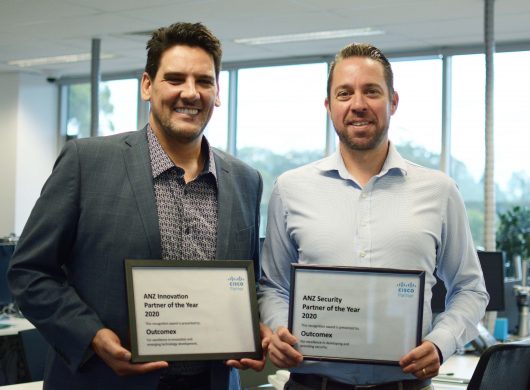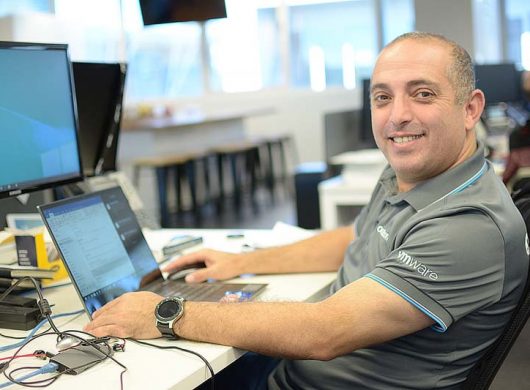Now that your infrastructure’s in order, it’s time to build.
Our experts recommend that you start with the business use case rather than with a broad technical objective to enable rapid, valuable outcomes.
“I think we really need to make sure organizations are starting from the use cases and understanding what those use cases are, because that will have a massive impact on the kind of infrastructure that’s actually needed. Those giant 8 GPU servers will be the right thing for some use cases but they’re definitely not the right thing for all of the use cases. By choosing flexible infrastructure you can scale and support the whole gamut of application types” .” says Chris Gascoigne, Cisco Principal Solutions Engineer at Cisco.
Our experts also agree that you don’t have to reinvent the wheel. There’s a growing toolbox of trusted technologies and methodologies to help enable flexible, modern infrastructure effectively. Chris highlights some of the Cisco benchmark offerings:
- Intersight: a cloud-based platform for managing and automating Cisco UCS, HyperFlex, and other infrastructure, delivered as-a-service. It provides a single pane of glass for visibility, control, and orchestration of your infrastructure, from data centres to edge locations. Intersight simplifies infrastructure lifecycle management, enhances security, and supports both traditional and emerging workloads.
- Cisco Nexus Dashboard: is a platform for managing, automating, and operating data centre networks based on Cisco Nexus switches. It provides a unified interface for managing, configuring, and analysing networks, simplifying data centre operations through automation and analytics
- Cisco Validated Designs: Cisco Validated Designs are tested and documented approaches to help you design, deploy, and extend new technologies successfully. These guides document building possible network configurations, how to ensure new solutions fit into existing systems, and offer best practices for successful deployments.
“We really value that that CVD structure from Cisco. Having a validated design ensures we can have the confidence that when we deploy for a customer, each deployment is going to deliver the resources that they need for a specific use case [that] is customized to that specific organisation’s needs.” says Cameron Harding, Outcomex Compute and Storage Principal Architect at Outcomex.
Start with your infrastructure, lean into proven technologies, and never lose sight of trust and transparency. The future of AI in business isn’t just smart, it’s safe, practical, and already within reach.
Keeping It Simple, Fast, and Secure
Key tools and advice to optimise your AI-ready architecture.
AI doesn’t have to be complicated, or risky. With the right approach, you can keep your architecture agile without opening the door to vulnerabilities.
Here are three principles to live by:
- Simplify what you can and stay flexible: Adopt platforms that reduce the complexity of integrating AI into your existing systems. Consider using AI pods with predefined materials tied to a CVD to get robust outcomes in short timeframes.
- Security by design: Implement access controls, encryption, and monitoring from the ground up. Don’t bolt them on later. Also consider micro segmentation across data centre workloads to isolate any incidents from spreading.
- Guardrails matter: Deploying AI responsibly means considering privacy, bias, and transparency at every stage. Use tools like NVIDIA blueprints for certain use cases to make sure users can only access the information they are authorised to access.

Implementing AI can feel daunting, but it doesn’t have to be with Outcomex and Cisco. With the right foundation, the right tools, and a focus on secure, scalable practices, AI can become your business’s biggest competitive edge. That’s why partnering with local, trusted AI specialists or managed service providers can accelerate implementation and ensure everything is watertight.
How Outcomex and Cisco are powering Data Centres
Watch our latest webinar here – hear from our Storage Principal Architect, Cameron Harding, and Cisco’s Principal Solutions Engineer, Chris Gascoigne.
Need help implementing an AI strategy into your cloud/data centre or collaboration space?




